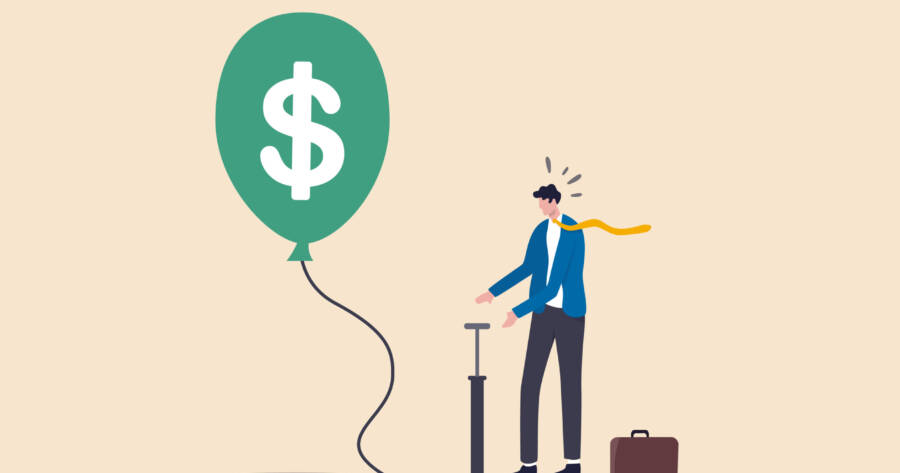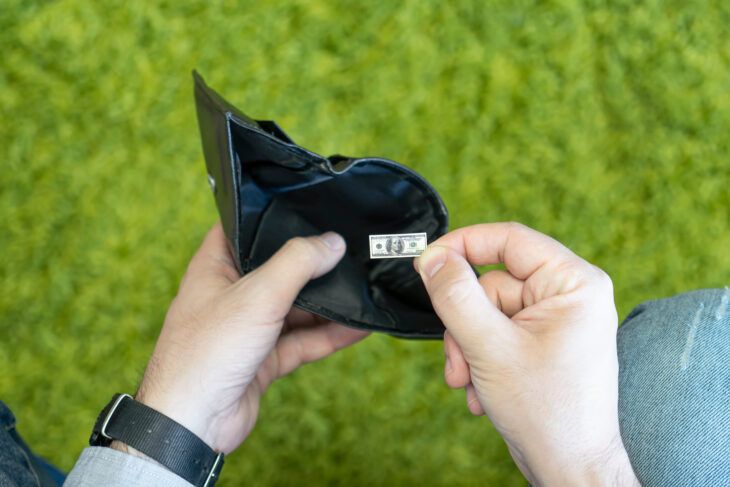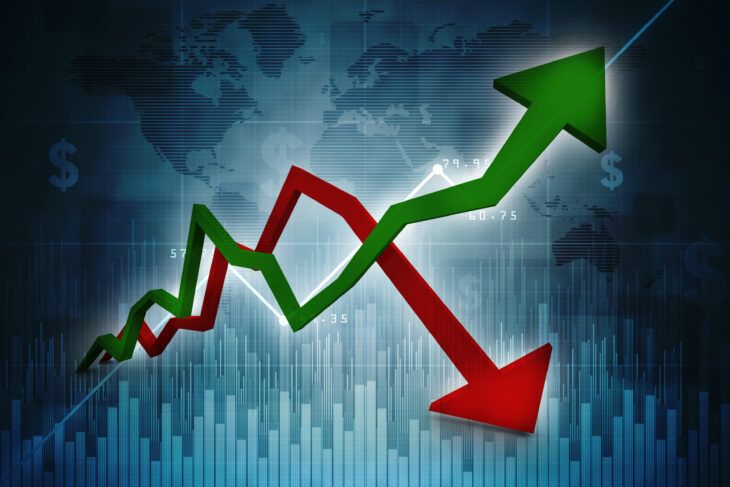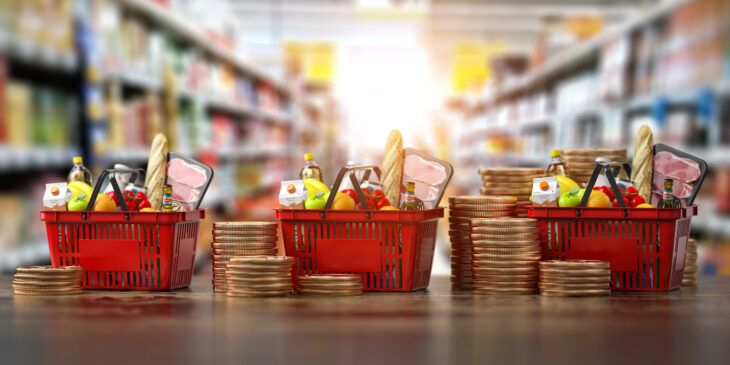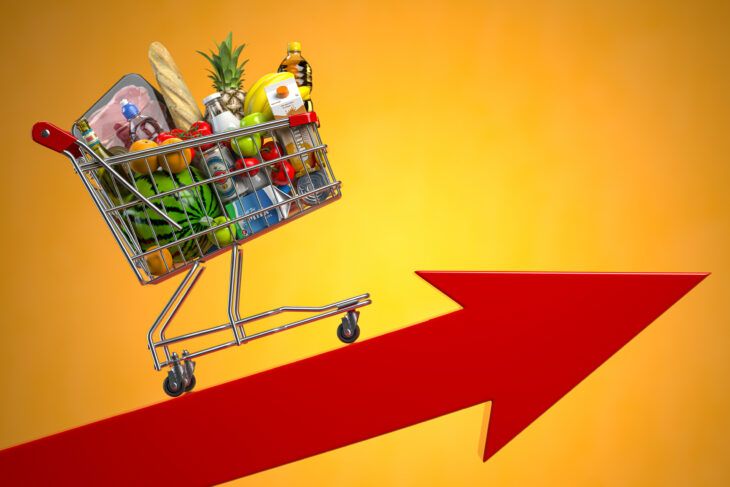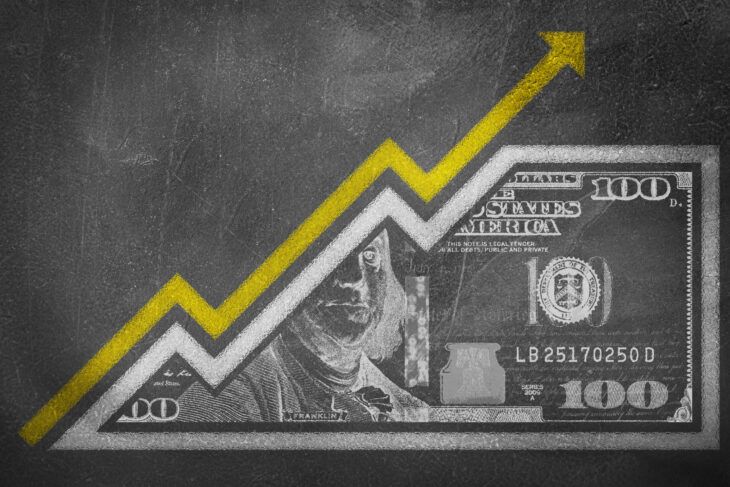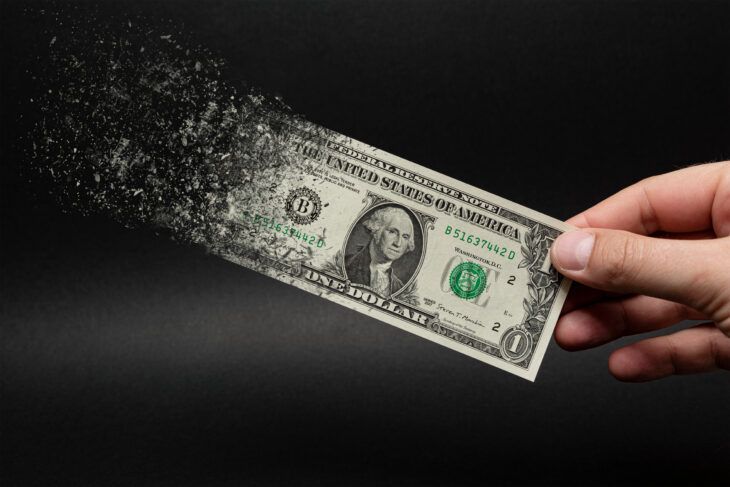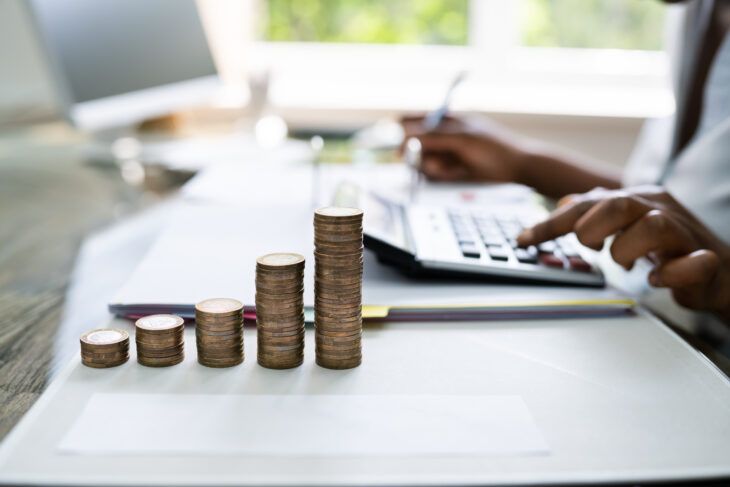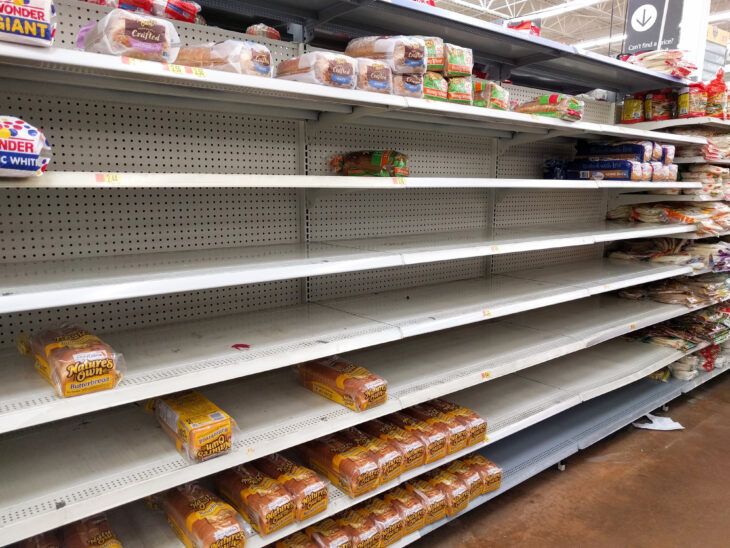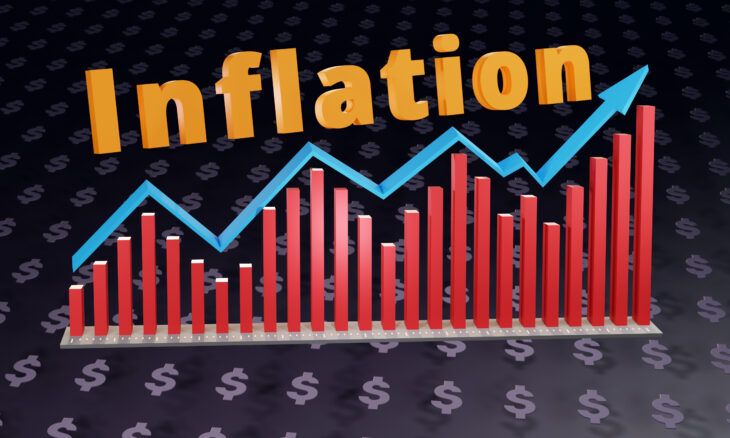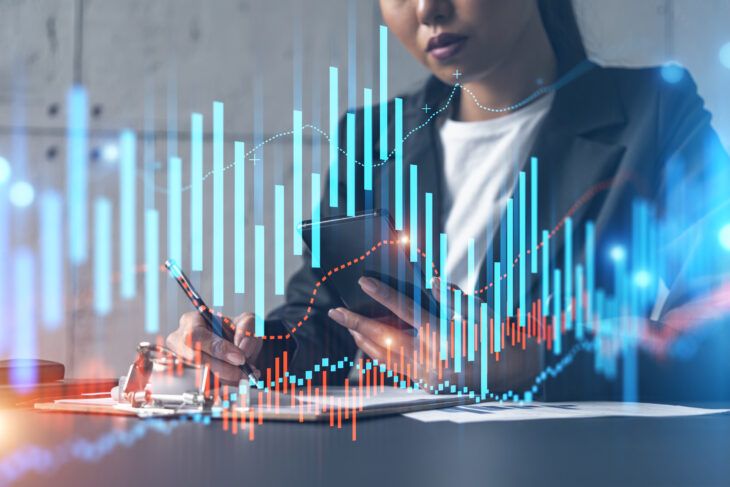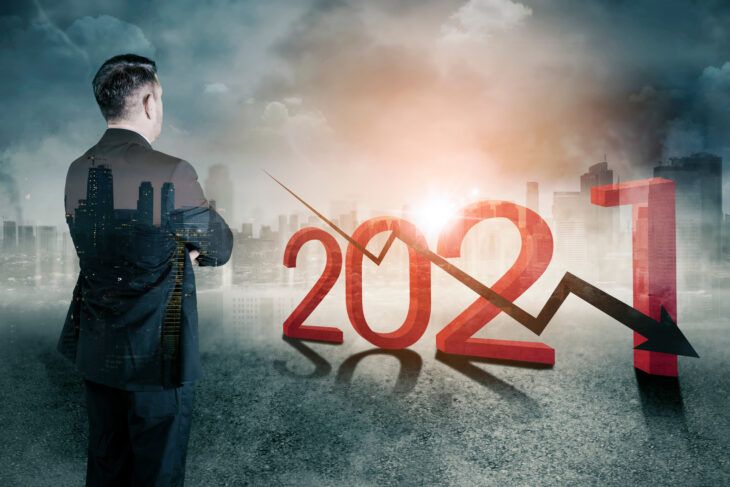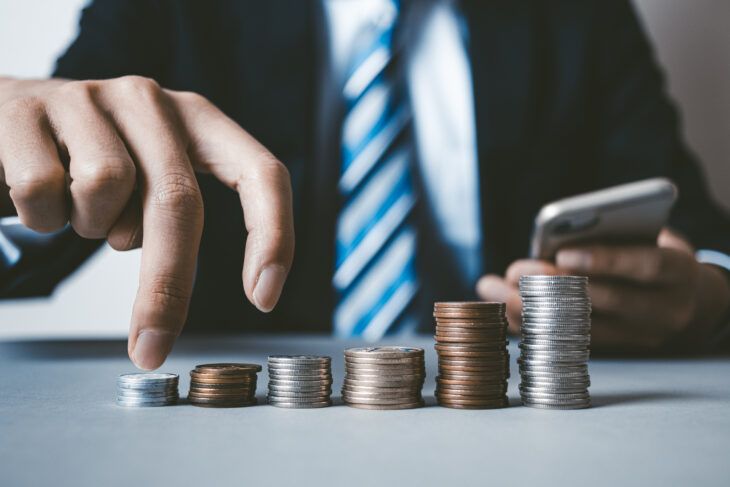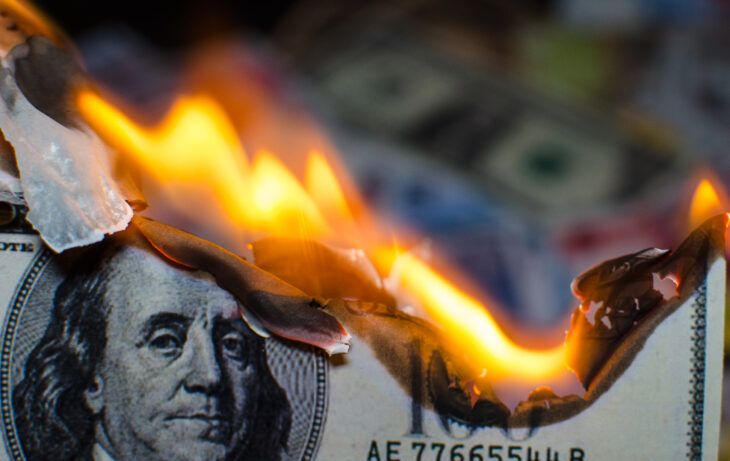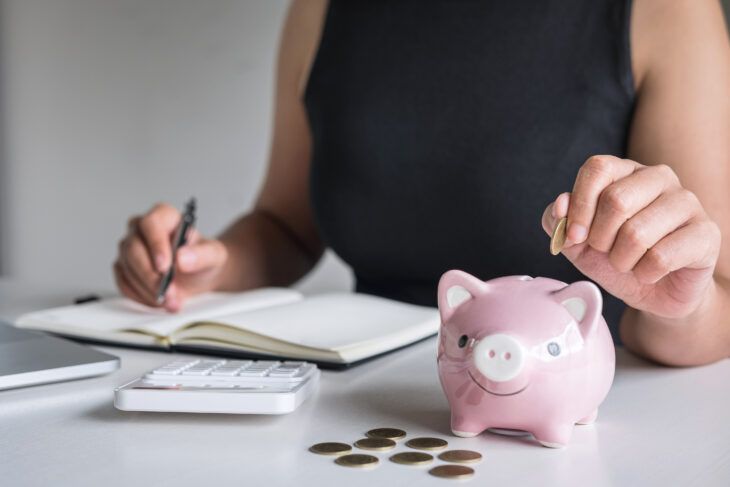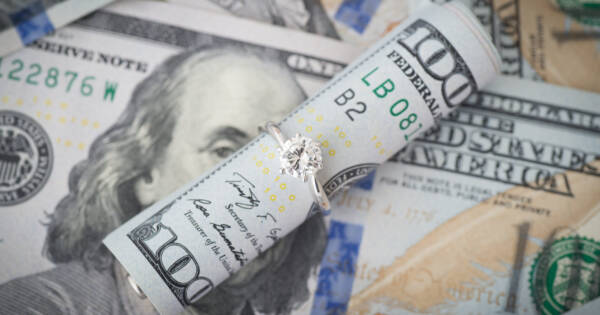Inflation has been in the news a lot recently. The first months of 2021 saw inflation hit its highest rate since the financial crisis of 2008. Consumer prices shot up by an annualized rate of 5% in May 2021. That was followed closely on the heels of a 4.2% surge the previous month. Obviously, the pandemic wreaked havoc on the global economy in unprecedented ways over the last 18 months. Some media agencies are now reporting that official inflation rates are being underestimated. That is prompting fears that the situation is teetering into dangerous territory, according to some financial experts.
So what is really happening? Is inflation catapulting the economy toward disaster at breakneck speed? Or are inflation-related fears simply overblown, as some experts think? Our guide to inflation will break it all down.
14. What is Inflation?
In economics, inflation refers to a trend of rising consumer prices, which increases the costs of goods and services. It’s a natural feature of open-market systems. Most economists believe that predictable and relatively low inflation rates are actually good for the economy. The underlying theory is that when buyers know that prices will be rising in the future, and by how much, they are incentivized to make more purchases today. The associated spending fuels healthy rates of economic growth.
As such, central banks and economic policymakers usually set inflation targets at low, stable levels. This is known as inflation targeting. However, under certain economic conditions, inflation can rise to higher-than-planned (or undesirable) levels. When this happens over an extended timeframe, the economy is said to be in an inflationary period. Since employee wages aren’t likely to keep up with the cost of goods and services, higher inflation can decrease consumer spending. That could mean an economic recession.
13. How Economists Measure Inflation
Inflation can actually be measured in a few different ways. While each calculation is a little different, one method will generally track along side the others. That means you won’t see one measure drastically different than the other. Inflation is almost always happening, so you can expect each method of measuring it to show that in some shape or form.
12. Consumer Price Indexes (CPI)
Experts use multiple methods to quantify inflation rates. The best-known example is the Consumer Price Index (CPI). It measures changes in the average costs of various widely used and staple goods. Specialized CPIs also track inflation in specific sectors of the economy, such as energy, utility, and food costs.
Another CPI benchmark leaves out energy and food costs, as they tend to fluctuate a great deal. This metric, often known as “CPI less food and energy,” measures changes in the costs of just about everything you cannot eat or use as fuel.
11. Personal Consumption Expenditures (PCE)
Another way to calculate inflation is the Personal Consumption Expenditures (PCE) price index. You may hear this metric referred to as “consumer spending.” Like the CPI, it measures the prevailing costs of goods and services. However, it also considers goods and services that consumers rarely pay for themselves, such as healthcare delivery covered by an insurance plan.
The “Core PCE” index looks at PCE data, but also excludes energy and food. This is what the U.S. Federal Reserve uses to set its inflation targets.
10. Types of Inflation
Economists group inflationary phenomena into many different subcategories. These subcategories are largely defined by one of two general characteristics. One model considers the underlying cause of inflation. The other model defines inflation by its rate of acceleration.
Many different subtypes of inflation exist, some of which are highly technical. Here are the major types of inflation, how they work, and why they are important.
9. Creeping
Creeping inflation occurs when consumer prices rise by less than 3% per year. The Federal Reserve generally sets its inflation target at about 2%. This appears to be the range that maximizes its economic benefits. Inflation of less than 3% may be higher than the optimal range, but still relatively mild.
However, creeping inflation does appear to prompt consumers to think prices will keep going up. In response, they sometimes stockpile key goods and assets, which increases demand for those products. Creeping inflation can progress to more problematic forms if supply is unable to keep pace with this rising demand.
8. Walking
Walking inflation is a more serious type of inflation. It occurs when consumer price increases hit an annualized rate of 3% to 10%. At this level, supply struggles to keep up with demand, since consumers buy greater quantities of goods in mass amounts.
This type of inflation creates a strong but generally unhealthy form of economic growth. Walking inflation leaves many people in lower and middle income ranges increasingly unable to afford essential goods and services. Governments usually intervene to prevent walking inflation from accelerating any further.
7. Galloping
Of course, inflation can accelerate beyond walking levels to annualized rates of more than 10%. At this point, it becomes known as galloping inflation. Most definitions classify galloping inflation as monthly consumer price increases of more than 10% but less than 50% (when calculated at annualized rates).
When galloping inflation occurs, the purchasing power of money in the economy begins to fall at rapid rates. Incomes cannot keep up with soaring prices. Foreign investment in any country experiencing galloping inflation usually ceases immediately. These factors often combine to create an economic crisis. For this reason, economic policymakers often display a willingness to go to extreme lengths to prevent galloping inflation from happening.
6. Hyperinflation
The most extreme form of inflation is hyperinflation. Economists define it in two main ways. According to some experts, hyperinflation occurs when consumer prices rise by more than 50% per month as calculated at an annualized rate. Others define it as inflation that exceeds 1,000% per year, which represents at least a tenfold increase in consumer prices.
True hyperinflation is very rare, but extremely destructive. Recent examples occurred in Venezuela in the 2010s and Zimbabwe in the 2000s (and again in the 2010s). It also took place in Germany in the 1920s, famously paving the way for Adolf Hitler’s rise to power.
5. Other Inflation Models
Economists also specify numerous other types of inflation, which include the following.
- Stagflation occurs when an economy is not growing (stagnant), but consumer prices are rising anyway.
- Wage inflation describes situations when average wages and salaries rise at rates that exceed cost-of-living increases.
- Asset inflation is inflation localized to a single asset or asset class, such as food, fossil fuels, or precious metals.
- Cost-push inflation happens when the rising costs of producing goods or providing services is the root cause of an inflationary trend.
- Demand-pull inflation is marked by a lack of supply of in-demand goods, which increases their market value and drives prices up.
Inflation can also be negative, or cause consumer prices to go down instead of up. This is known as deflation, which can also have undesirable consequences — especially on wages. When the month-over-month (or year-over-year) inflation rate goes down but remains above zero, the economy is said to be in a period of disinflation.
4. Why Inflation Happens
Inflation can happen for many reasons. In fast-growing economies with low unemployment and rising wages, people have more money in their pockets. They then pump that money back into the economy by buying things, which triggers further growth and launches a continued inflationary cycle. This can also occur when central banks dramatically increase the money supply — which occurred in the U.S. when the government passed its COVID-19 relief packages. A rising money supply devalues existing money, resulting in price increases.
Another consequence of COVID-19 spending is ballooning government debt, which can also drive inflation. This usually results in tax increases, which companies often pass on to consumers in the form of higher prices. Over-regulation of the economy can also have an inflationary impact, as can purchasing power losses arising from devaluations of a country’s currency on international markets.
3. The Current Inflation Situation
A complex set of interrelated factors are driving the current trend, which has accelerated over the course of 2021. Obviously, COVID-19 wreaked havoc on supply chains. That negatively impacted the availability of many goods, products, and services. This caused their prices to rise, since supply could not keep pace with demand.
Central banks also had to address sudden, sharp job losses as the pandemic forced widespread business closures. By and large, they dealt with this by increasing the money supply or “printing money.” This, in turn, sent national debt levels soaring, as the new money was essentially absorbed as a kind of advance on future economic growth.
2. Controls and Checks on Inflation
Economic policymakers and central banks have multiple tools at their disposal to control inflation. One common strategy is to increase interest rates. This allows people to earn more interest on their money, helping it grow at a rate that can keep up with rising consumer prices. Another tool is forcing private-sector banks to increase their cash reserves, which gives them less money to lend. This, in turn, removes money from the economy, slowing down spending and reducing the rate of price increases.
A third approach revolves around management of government debt. Governments can force banks to pay outstanding debts, removing money from the bank and putting it into government coffers. This also reduces the amount of money the bank has to lend. Similarly, governments can increase their bond yields, making bonds a more attractive investment. Investors then buy government bonds instead of keeping their money in the bank, which also reduces the private-sector money supply and slows down spending.
1. Are Things Going to Get Bad?
Nobody knows for sure how long the current inflationary period will last or how high the inflation rate will get. Forecasts range from optimistic to doomful. Let’s consider both, and talk about some of the possibilities.
Some experts think that high pandemic-related unemployment rates will linger longer than expected. This, they believe, will keep wages in check and prevent inflation from reaching problematic levels. Others, including Deutsche Bank, believe that not enough is being done right now to stop inflation. This, they think, could trigger a major financial crisis in the years ahead, which could have global impacts.
The Bottom Line
As many experts predicted, supply chain interruptions and money supply increases forced by COVID-19 have resulted in consumer price inflation. Most consensus estimates generally characterize current inflation rates as “mild to modest.” However, the question of whether they will reach more problematic levels is still a matter of debate. Expert opinions on that point remain divided.
As such, personal finance professionals generally recommend that people prepare to weather a sustained period of inflation. The main way people protect themselves is to invest their money strategically. Earning returns that outpace the rate of inflation can help protect your money’s purchasing power.
